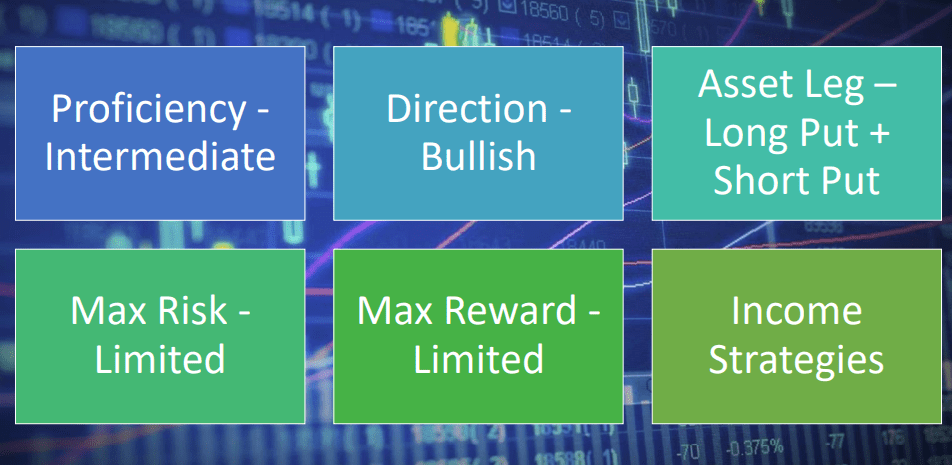
Menu



Outlook
Rationale
Net Position
Effect of Time Decay
Time Period to Trade
Breakeven = (Higher strike – net credit)
Steps In
Steps Out
Advantages
Disadvantages
Advantages
Disadvantages
© 2021 All rights reserved
Ask Your Query